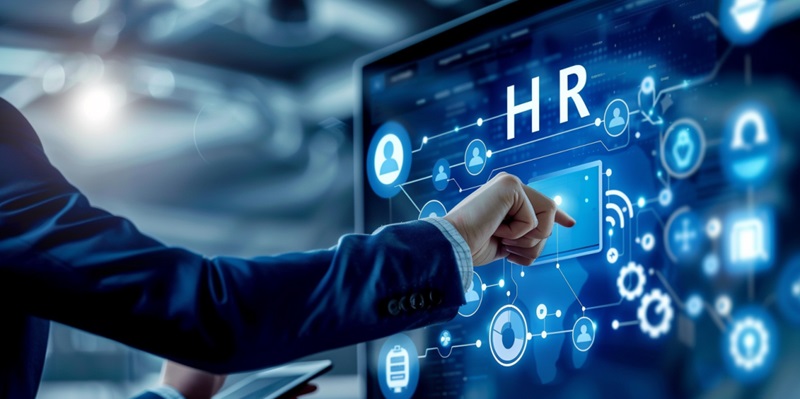As we surge into the digital age, the tools and platforms we use in the workplace must keep pace. For Human Resources (HR), the heart of managing an organization’s human capital, this couldn’t be more critical. Legacy HR systems, with their clunky interfaces and limited capabilities, are ill-equipped to meet the demands of the modern workforce. They struggle with data management, system integration, and ensuring security, making them relics in an era that values agility and innovation.
The Necessity for Modern HR Systems
Modern organizations require robust HR platforms that can handle the complexities of today’s labor market and offer deeper strategic insights than legacy systems. The traditional role of HR as a mere repository of information is no longer tenable. Now, HR technology must engage employees, streamline HR operations, and harness analytics for better decision-making. Modern HR systems are about fostering a culture of continuous improvement and alignment with overall business strategies. They allow for more fluid talent management and proactive workforce planning, essential in an age marked by rapid change and competition for top talent.
Overcoming Legacy System Limitations
In today’s rapidly evolving digital landscape, workplace tools—particularly in Human Resources (HR)—need to keep up with the times. HR, as the custodian of an organization’s workforce, faces the daunting challenge of shedding obsolete systems. These outdated HR platforms, once the standard, now falter with their inefficient interfaces and inadequate functionalities. They are not up to standard when it comes to the seamless management of data, integration of systems, and maintaining robust security protocols. Competence in these areas is non-negotiable as businesses now prioritize agility and innovation. Consequently, these old systems are becoming antiquated, standing in stark contrast to the dynamic needs of the contemporary workplace. As HR departments look toward future-proof solutions, the overriding goal is to align with technologies that empower them to navigate and thrive in this new digital epoch efficiently.

